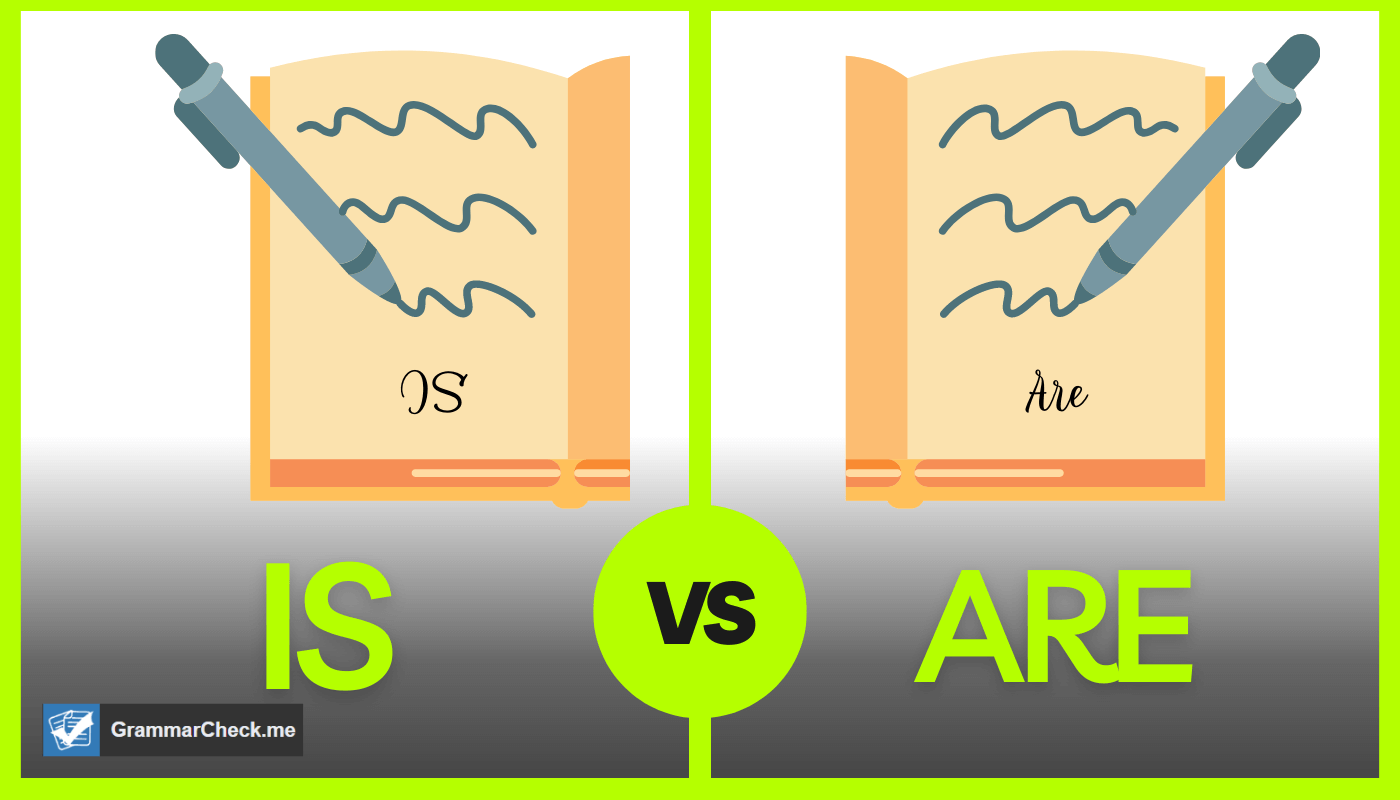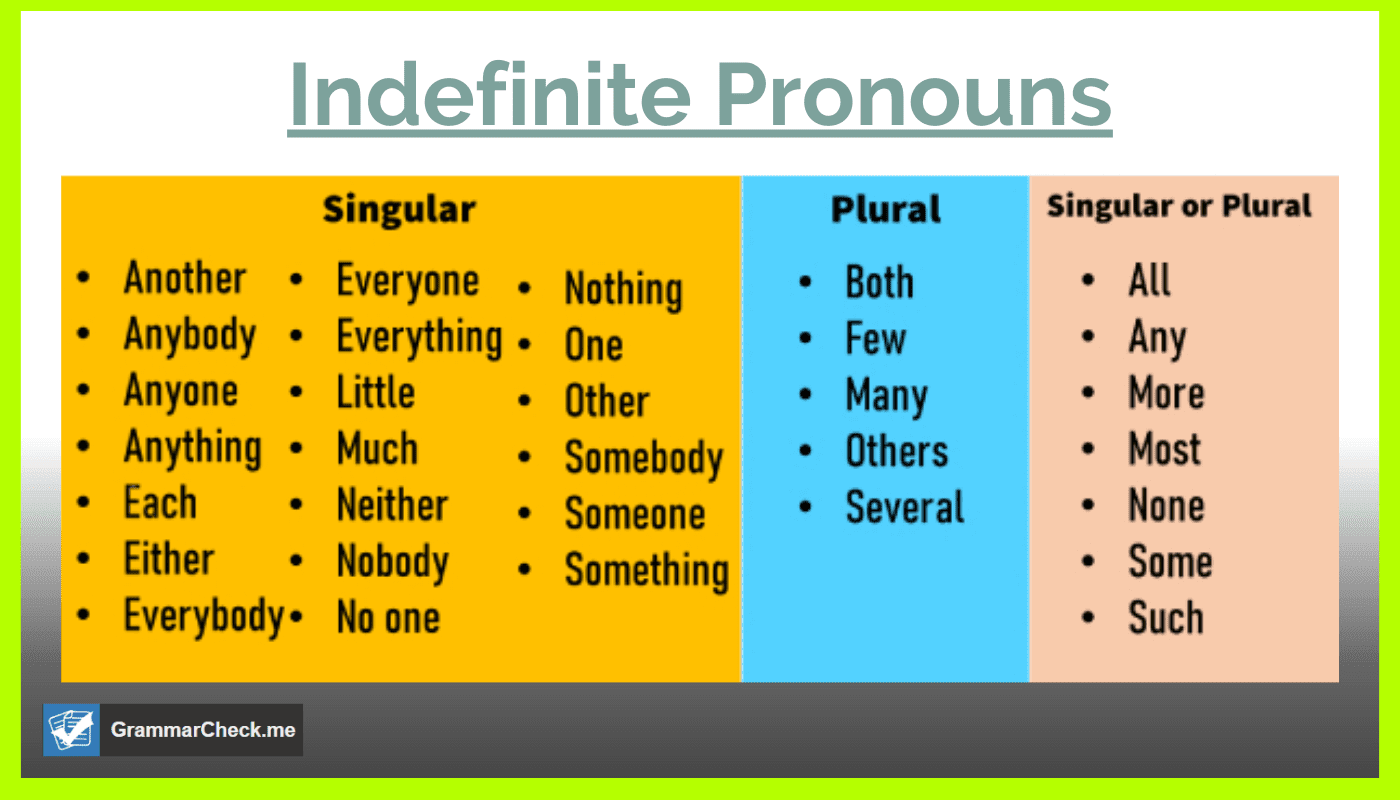Learn when to use are vs is in this informative article!
There are a lot of nuances in the American English language, especially when it comes to grammar. One grammatical rule many new English speakers have trouble grasping is when to use “are” vs “is.”
“Are” and “is” essentially have the same meaning but are used in different contexts, just like the words Hobo vs Vagrant. But when exactly do you use each one, and what is the difference between the two words?
In this article, we’ll explain the difference between “are” and “is” and provide tips on when to use each word in different contexts.
“Are” vs “Is” – The Basics

Let’s get right to it – what’s the difference between “are” vs “is”?
“Are” and “is” are both verbs – linking verbs specifically – and conjugated forms of the verb “to be.” The main difference between the two is that one is used to describe a plural noun, while the other is used to describe a singular noun. “Are” is plural, while “is” is singular.
Here is an example to illustrate the correct use of each word:
- Emily is watching TV.
- Emily and Jenna are watching TV.
In the first example, Emily is the only one watching TV. Since Emily is a singular noun, it’s appropriate to use the word “is” as the verb in the sentence. When you are editing an article, pay close attention to these two words!
In contrast, Jenna joins Emily in watching TV in the second example. We now have two nouns, meaning we must conjugate the verb “to be” appropriately to make it plural. This is when “are” is best used. This is also an example of a compound subject, which we’ll discuss later.
While these examples show that the basic concept of “are” vs “is” is simple, there are a few additional rules to understand to use each word appropriately in different scenarios. Let’s take a look at a few more specific examples.
Singular Indefinite Pronouns

A singular indefinite pronoun does not refer to a specific thing or person. Examples of singular indefinite pronouns include:
- one
- anyone, no one, everyone, someone
- anybody, nobody, everybody, somebody
- the other, another
- either, neither
- each
- little, less
- much
With all of these words, you should always use “is.” Some of these pronouns may seem plural, such as “everyone,” but you should always use “is” when using these words in a sentence. Just like with the words contemptible or contemptuous, the context of the sentence matter.
Here are a few examples of singular indefinite pronouns using “is” in a sentence:
- Is everyone having fun?
- Somebody is already in the bathroom.
- Each one is $5.
In contrast, plural indefinite nouns describe an unknown number of nouns, which is why you should use “are” when describing them in a sentence. Common plural indefinite nouns include:
- Some
- Many
- All
- Few
Here are some examples of plural indefinite nouns and “are” in a sentence:
- A few people are coming to my party.
- Some days are nicer than others.
- Many of my students are great students.
“Are” vs “Is” – Collective Nouns
Most of us are aware of the basic definition of nouns. However, a collective noun is a group of people or things treated as a single entity in speech. Some common collective nouns include:
- Group
- Committee
- Couple
- Audience
Once again, while a collective noun implies several people or things, the collective noun itself is singular; therefore, you should always use the singular verb “is,” as in the following examples:
- The audience is waiting for the show to start.
- This is the couple I was telling you about.
- There is a flock of birds coming this way.
“Are” vs “Is” – Compound Subject
A compound subject is two subjects connected by “and.” The earlier example, “Emily and Jenna are watching TV,” is a compound subject, as Emily and Jenna are two singular entities. However, because they are joined by “and,” they become plural, and therefore “are” is used.
Other examples of compound subjects in a sentence include:
- Tuesday and Wednesday are my days off.
- Christmas and New Year’s are the best time of the year.
- Writing and editing are two different skills.
“Number of” or “Pair of”
Using “a number of” and “a pair of” are treated as plural terms; therefore, you must use “are” when they are before a noun, even if the words come before a collective noun that typically uses “is.” This is because the terms “a number of” and “a pair of” refer to the individuals in the group. So just like the words A Hour vs An Hour, it depends on the context of a sentence.
To demonstrate, here are a couple of examples:
- A number of people are complaining about the noise
- A pair of dogs are approaching the fire hydrant
The only exception to this rule is if the item is considered a singular object, such as “a pair of scissors” or “a pair of pants.” In this case, you would use “is,” as in the following example:
- This is my favorite pair of pants.
When to Use “There Is” vs “There Are”
Two phrases that often cause confusion are “there is” and “there are.” The way to determine which one to use is to look at what comes after it. This rule holds true for other commonly confused terms such as pricy vs pricey in our writing.
Let’s use the following sentence as an example:
- There is a mouse in the house.
“Mouse” comes after “there is” and is a singular noun; therefore, “is” is the appropriate verb to use. However, if “mouse” were to become a plural noun, the sentence would look like this:
- There are mice in the house.
In this sentence, “mice” is a plural subject, so “there are” is the correct plural verb to use.
Frequently Asked Questions
There is a subtle difference between “where there are” and “where there is”. The main difference is that “where there are” is used when the noun is plural, and “where there is” is used when the noun is singular.
Here are a few examples of how to use “is” in your writing.
1) John is coming over for dinner
2) Mark is known to be very intelligent.
3) It’s raining so Dave is no longer coming over.
The verbs “is” and “are” are also helping verbs, but they are used to indicate whether something is one singular thing or more than one thing (plural).
Final Verdict
To wrap up, the general rule is to use “are” when the subject is plural and “is” when the subject is singular to ensure subject-verb agreement. While there are a few exceptions, as long as you start with this general rule, you should be able to use each term properly. If you still need a little help figuring out when to use “are” vs “is,” consider using our grammar sentence check tool to help correct your use of each word in your writing.
